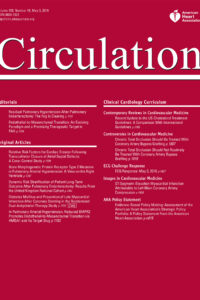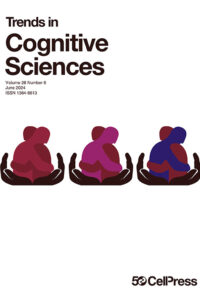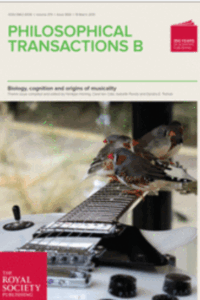Background: The effect of a mutation in the bone morphogenetic protein receptor 2 (BMPR2) gene on right ventricular (RV) pressure overload in patients with pulmonary arterial hypertension is unknown. Therefore, we investigated RV function in patients who have pulmonary arterial hypertension with and without the BMPR2 mutation by combining in vivo measurements with molecular and histological analysis of human RV and left ventricular tissue.
Methods and results: In total, 95 patients with idiopathic or familial pulmonary arterial hypertension were genetically screened for the presence of a BMPR2 mutation: 28 patients had a BMPR2 mutation, and 67 patients did not have a BMPR2 mutation. In vivo measurements were assessed using right heart catheterization and cardiac MRI. Despite a similar mean pulmonary artery pressure (noncarriers 54±15 versus mutation carriers 55±9 mm Hg) and pulmonary vascular resistance (755 [483-1043] versus 931 [624-1311] dynes·s(-1)·cm(-5)), mutation carriers presented with a more severely compromised RV function (RV ejection fraction: 37.6±12.8% versus 29.0±9%: P<0.05; cardiac index 2.7±0.9 versus 2.2±0.4 L·min(-1)·m(-2)). Differences continued to exist after treatment. To investigate the role of transforming growth factor β and bone morphogenetic protein receptor II signaling, human RV and left ventricular tissue were studied in controls (n=6), mutation carriers (n=5), and noncarriers (n=11). However, transforming growth factor β and bone morphogenetic protein receptor II signaling, and hypertrophy, apoptosis, fibrosis, capillary density, inflammation, and cardiac metabolism, as well, were similar between mutation carriers and noncarriers.
Conclusions: Despite a similar afterload, RV function is more severely affected in mutation carriers than in noncarriers. However, these differences cannot be explained by a differential transforming growth factor β, bone morphogenetic protein receptor II signaling, or cardiac adaptation.




